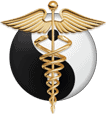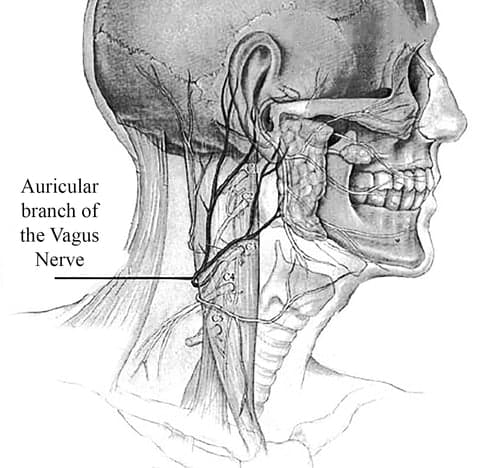The vagus nerve is the longest and most complex of the 12 pairs of cranial nerves that emanate from the brain. It is also responsible for heart rate, peristalsis, sweating, mouth movements including speech, gag reflex and vomiting.
The part of the Vagus nerve we are interested in are the fibres at the end of the auricular branch (also know as the Aldermans nerve) which cluster around the inner canal part of the outer ear.
The two sides of the vagus nerve have some similar functions and some not so similar functions and this may relate to the side for maximum stimulation for your type of migraine. Other factors which may relate are the side of the pain, the side at which maximum vagus nerve stimulation is best.One thing that comes up time and time again is when it is stimulated on the side of the pain, there is sometimes a movement in the migraine away from the point of stimulation, often resulting in a milder migraine on the opposite side.
At present there is no detailed research to determine which side is best stimulated for individual cases. This study shows the results of experimentation on rats. It shows stimulation on just one side was useful in treating headaches and migraine regardless of which side is stimulated.

